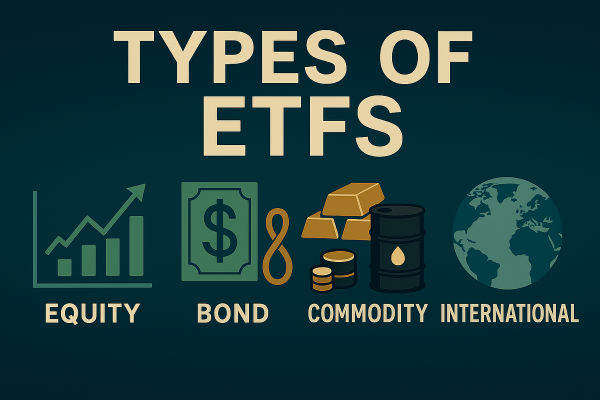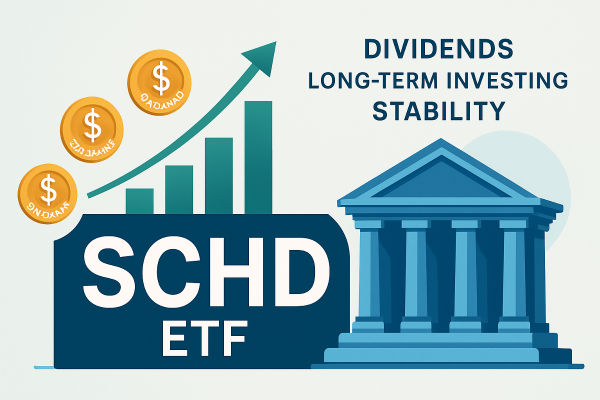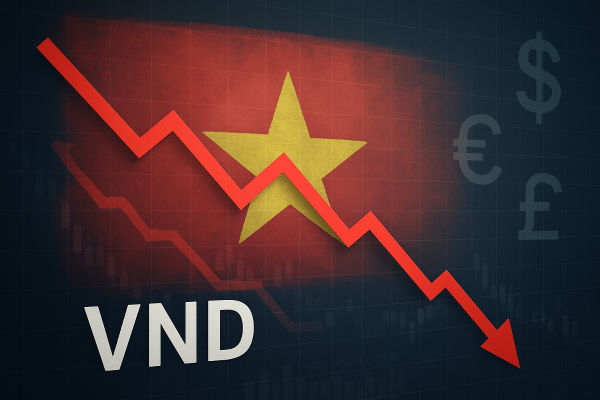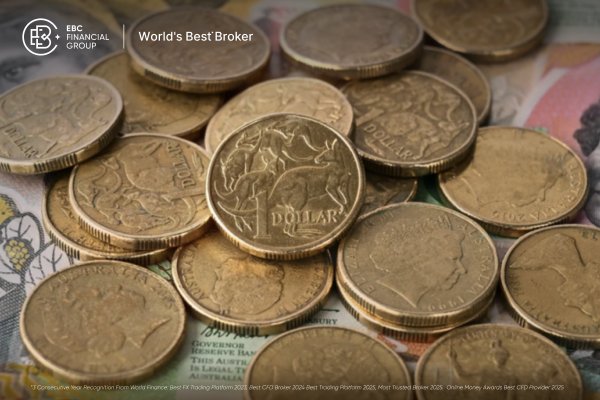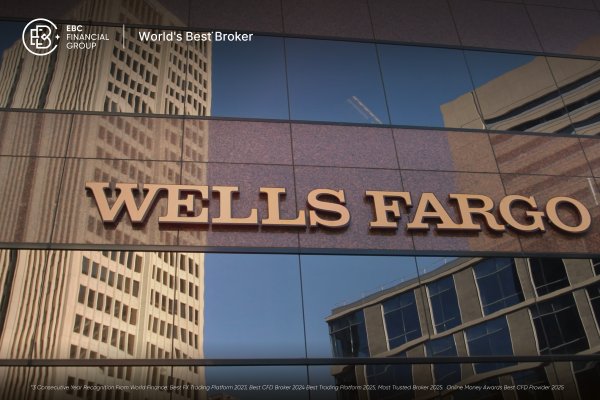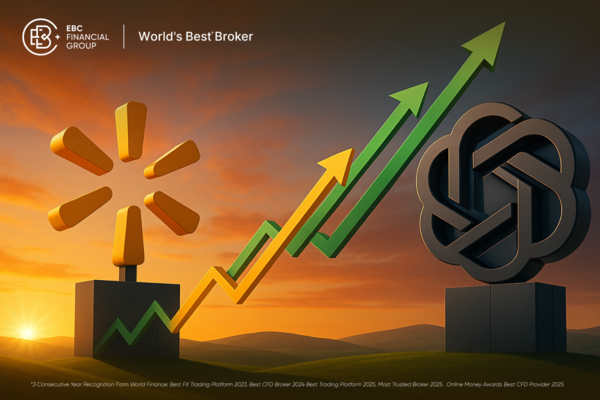The Vanguard High Dividend Yield ETF (VYM) has emerged as a top choice for dividend investors seeking consistent returns, low fees, and broad market exposure.
As one of the largest and most trusted dividend-focused ETFs, VYM offers a smart way to tap into high-yielding U.S. companies without sacrificing diversification or incurring high costs.
In this article, we'll explore why VYM remains a standout option today, how it performs against peers, and what investors need to know to make the most of this income-generating powerhouse.
What Is VYM ETF and How Does It Work?
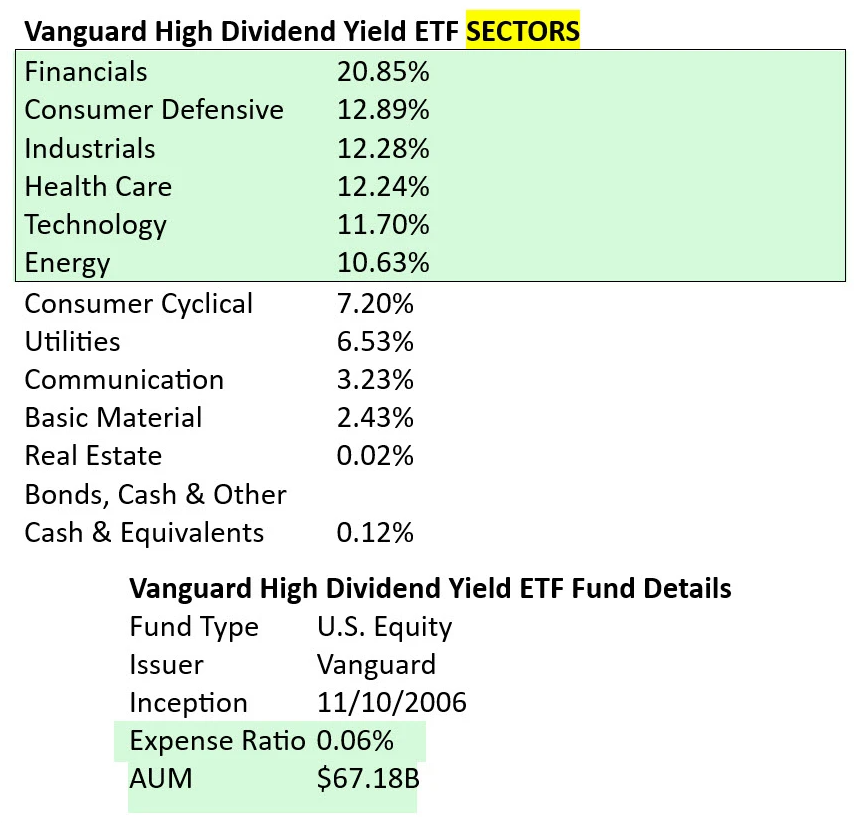
Launched in November 2006, VYM tracks the FTSE High Dividend Yield Index, focusing on U.S. large-cap stocks offering above-average dividends.
It holds around 590–600 stocks, spanning sectors such as financials, consumer staples, energy, healthcare, and tech. For context, VYM balances a yield-oriented strategy with broad industry coverage:
This diversified design helps cushion investors from sector-specific risks while still delivering dependable income.
Unlike dividend-weighted ETFs, VYM utilises a market-cap weighting among qualified dividend payers, providing balanced exposure without overweighting a handful of high-yield names. Notably, REITs are excluded, maintaining a focused equity strategy.
3 Reasons Why VYM ETF Remains a Top Choice Today
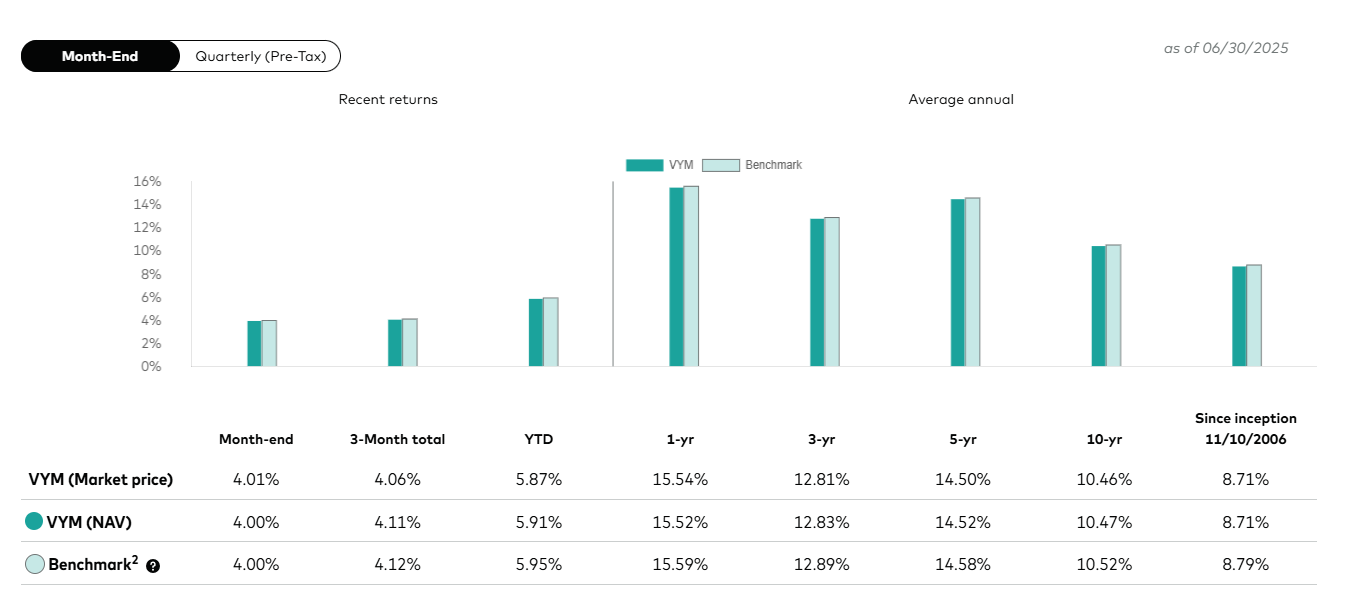
1. Yield and Distribution Consistency
The current yield ranges from 2.56% to 2.63%, a reasonable premium compared to the S&P 500 dividend yield. During the last year, VYM distributed around $3.53 per share, paid out quarterly, indicating steady income generation.
Despite a slight year-over-year yield dip (from 2.74% mid‑2025, investors benefit from:
Regular dividend growth is tied to corporate earnings and payout stability.
Quarterly distributions (Mar, Jun, Sep, Dec), with the most recent ex-dividend on June 20, 2025.
2. Cost Efficiency: Expense Ratio
One of VYM's most compelling features is its ultra-low expense ratio of just 0.06% —far below the high-dividend ETF average (~0.35–0.49%). Keeping costs low is a key part of Vanguard's philosophy, ensuring more of your yield remains in your hands.
With minimal weight drift and sparse portfolio turnover (~8% annually), VYM helps shield investors from both hidden fees and tax inefficiencies.
3. Solid Total Returns Backed by Yield
Despite being yield-first, VYM has also delivered competitive total returns:
YTD: ~5.8%
1-year: 15.5%
3-year annualised: 12.8%
5-year annualised: 14.5%
These impressive figures show that focusing on dividend-paying blue-chips doesn't mean compromising on growth potential.
VYM Performance Relative to Peers
| Feature |
VYM |
SCHD |
VIG |
| Expense Ratio |
0.06% |
0.06% |
0.06% |
| Yield |
~2.6% |
~3.0% |
~1.6% |
| Holdings |
~590 |
~100 |
~200 |
| Strategy |
Broad dividend yield |
High-yield & quality |
Dividend growth |
SCHD: Higher yield and quality screen, but more concentrated.
VIG: Prioritises dividend increase, offering a lower current yield yet superior quality
VYM: Provides the most extensive diversified access, perfect for a balanced combination of yield and growth
Amid 2025 market currents—rising interest rates, inflation concerns, and potential slowdown—defensive sectors like financials and healthcare (which form roughly 35% of VYM) offer resilience.
Moreover, analysis highlights that VYM's sectors tilted toward financials and healthcare post-March 2025 reconstitution, distinguishing it from peers like SCHD (more energy-focused).
While VYM delivers solid returns, some ETFs with stricter dividend screens—such as SCHD or DIV, or those targeting dividend growth—have outpaced or undercut VYM in specific periods.
For instance, recent models showcased VYM's 5-year CAGR at only 1.67%, falling behind competitors with approximately 5.05%. But this also reflects VYM's more conservative, broad-based exposure, prioritising stability and yield over growth extremes.
Who Should Consider VYM?
VYM appeals to a variety of investors:
Income-focused investors seeking stable, quarterly dividends without needing high-risk yield traps.
Buy-and-hold portfolios enjoy low turnover, minimal fees, and diversified equity exposure.
Defensive investors are looking to balance growth potential with downside protection.
Cost-conscious investors appreciate Vanguard's fee discipline and tax efficiency.
For investors seeking higher yields or growth dividends, alternative ETFs such as SCHD, DGRO, or VIG may be suitable, but VYM remains a dependable core asset for portfolios.
VYM in a Broader Portfolio
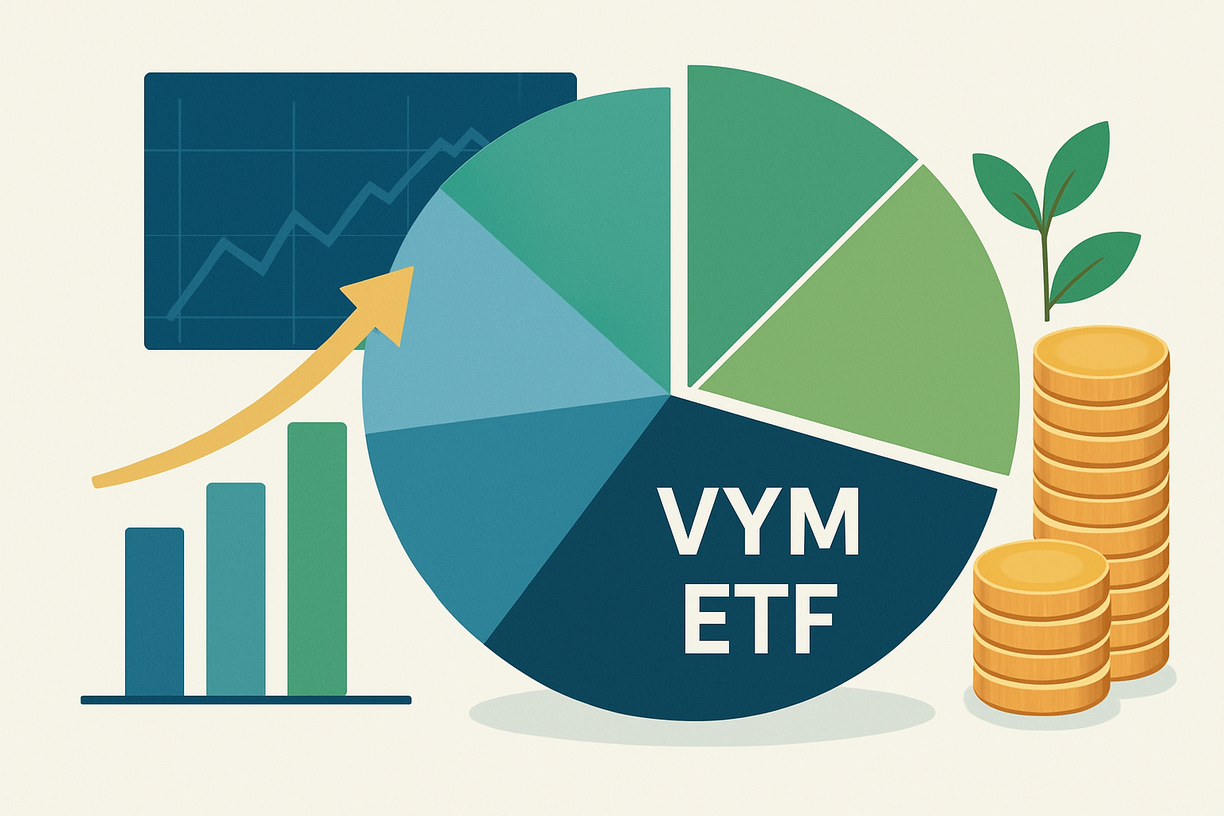
VYM can serve several roles:
Core income equity holding, alongside bond positions.
Defensive sleeve balancing growth-focused ETFs like VUG or VTI.
Semi-liquid substitute for covered-call strategies or bond ladders with similar yield but equity upside.
Its conservative yield and structure make it ideal for both taxable and retirement accounts (VYM distributions qualify for dividend-reinvestment-eligible dividends).
Recent Updates & Outlook
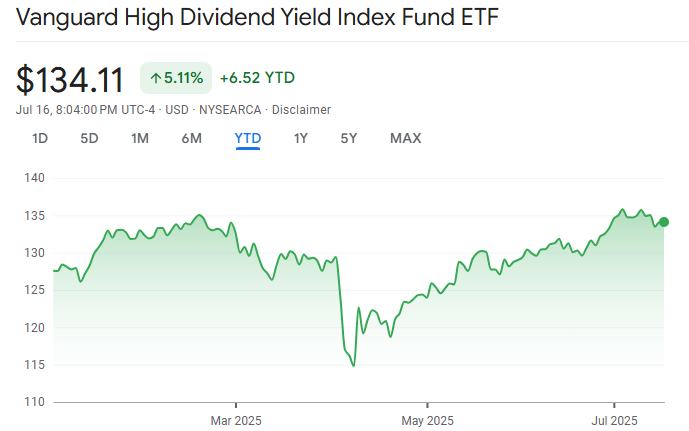
The expense ratio remains unchanged at 0.06%, reinforcing Vanguard's fee transparency
Yield slightly dipped to ~2.6%, tracking macroeconomic and dividend payment trends.
Sector allocations were revised in March 2025, providing VYM with defensively oriented exposure compared to its peers.
Looking ahead, investors can reasonably expect stable income, modest growth, and consistent cost structure, making VYM a reliable building block for dividend-oriented strategies.
Conclusion
In conclusion, the Vanguard High Dividend Yield ETF (VYM) continues to shine for dividend investors today, offering a reliable yield (~2.6%), rock-bottom fees (0.06%), and broad U.S. equity diversification.
With $62 billion in assets and consistent net inflows, it's a strongly supported fund with proven liquidity. VYM's defensive tilt and dependable distribution history make it a suitable core holding for income-focused portfolios.
Disclaimer: This material is for general information purposes only and is not intended as (and should not be considered to be) financial, investment or other advice on which reliance should be placed. No opinion given in the material constitutes a recommendation by EBC or the author that any particular investment, security, transaction or investment strategy is suitable for any specific person.











